Description
Activated Carbon: The Adsorption Maestro for Organic Pollutants
In our increasingly industrialized world, the presence of organic chemicals in water and air poses a significant threat to environmental and human health. From industrial solvents to agricultural pesticides, these pollutants can contaminate drinking water sources, pollute the air we breathe, and disrupt ecosystems. Fortunately, a powerful and versatile solution exists: activated carbon.
Activated carbon, often referred to as “activated charcoal,” is a highly porous, carbon-based material known for its exceptional ability to adsorb organic chemicals. This adsorption process, where molecules adhere to the surface of a solid, makes activated carbon a valuable tool in a wide range of applications, including water purification, air filtration, and industrial processing.
Why is Activated Carbon so Effective?
The magic of activated carbon lies in its massive surface area. The activation process, typically involving heating carbonaceous materials like coal, wood, or coconut shells in the presence of steam or chemical agents, creates an intricate network of pores and internal cavities. This results in an incredibly high surface area, ranging from 500 to 2000 square meters per gram – a single teaspoon of activated carbon can have the surface area of a football field!
This enormous surface area provides ample opportunities for organic molecules to bind. Here’s a breakdown of the key factors contributing to its effectiveness:
- High Surface Area: The sheer magnitude of the surface area allows for the adsorption of a significant amount of organic pollutants.
- Pore Size Distribution: Activated carbon possesses a range of pore sizes (micropores, mesopores, and macropores), enabling it to effectively capture organic molecules of varying sizes.
- Surface Chemistry: The chemical properties of the activated carbon surface, including the presence of functional groups, influence the strength and selectivity of adsorption.
How Does Adsorption Work?
Adsorption is driven by intermolecular forces between the activated carbon surface and the organic molecules. These forces can be:
- Van der Waals Forces: Weak, short-range forces that arise from temporary fluctuations in electron distribution.
- Electrostatic Interactions: Attraction between charged species or polar molecules.
- Chemical Bonding: In some cases, chemical bonds can form between the organic molecule and the activated carbon surface, leading to a stronger and more permanent adsorption.
The effectiveness of adsorption depends on several factors, including the nature of the organic pollutant, the properties of the activated carbon, temperature, and pH.
Applications of Activated Carbon in Organic Chemical Adsorption:
The versatility of activated carbon makes it applicable across numerous sectors:
- Water Purification: Removing pesticides, herbicides, industrial solvents, and other organic contaminants from drinking water sources and wastewater.
- Air Filtration: Capturing volatile organic compounds (VOCs), odors, and pollutants in industrial emissions and indoor air.
- Industrial Processing: Removing impurities and decolorizing solutions in the food and beverage industry, pharmaceutical manufacturing, and chemical processing.
- Gas Storage: Adsorbing methane and hydrogen for efficient gas storage applications.
- Environmental Remediation: Cleaning up contaminated soil and groundwater by adsorbing pollutants.
Types of Activated Carbon:
Activated carbon comes in various forms, each tailored to specific applications:
- Powdered Activated Carbon (PAC): Fine particles used in batch processes and for rapid adsorption.
- Granular Activated Carbon (GAC): Larger particles used in packed beds and filters for continuous operation.
- Extruded Activated Carbon: Cylindrical pellets used in air filtration and gas purification.
- Impregnated Activated Carbon: Activated carbon treated with specific chemicals to enhance its ability to adsorb particular pollutants.
The Future of Activated Carbon:
Research and development efforts are focused on enhancing the performance and sustainability of activated carbon. This includes:
- Developing new activation methods to improve pore structure and surface area.
- Exploring alternative carbonaceous precursors from renewable sources like agricultural waste and biomass.
- Modifying the surface chemistry of activated carbon to enhance selectivity for specific pollutants.
- Regenerating spent activated carbon to reduce waste and environmental impact.
Conclusion:
Activated carbon remains a vital and effective tool for addressing the challenges of organic chemical pollution. Its remarkable ability to adsorb a wide range of organic compounds makes it a cornerstone of water purification, air filtration, and industrial processing. As research continues to refine and optimize its production and application, activated carbon will undoubtedly play an increasingly important role in safeguarding environmental and human health for generations to come. By understanding the principles behind its adsorption capabilities and exploring innovative advancements, we can fully harness the potential of this remarkable material to create a cleaner and healthier future.

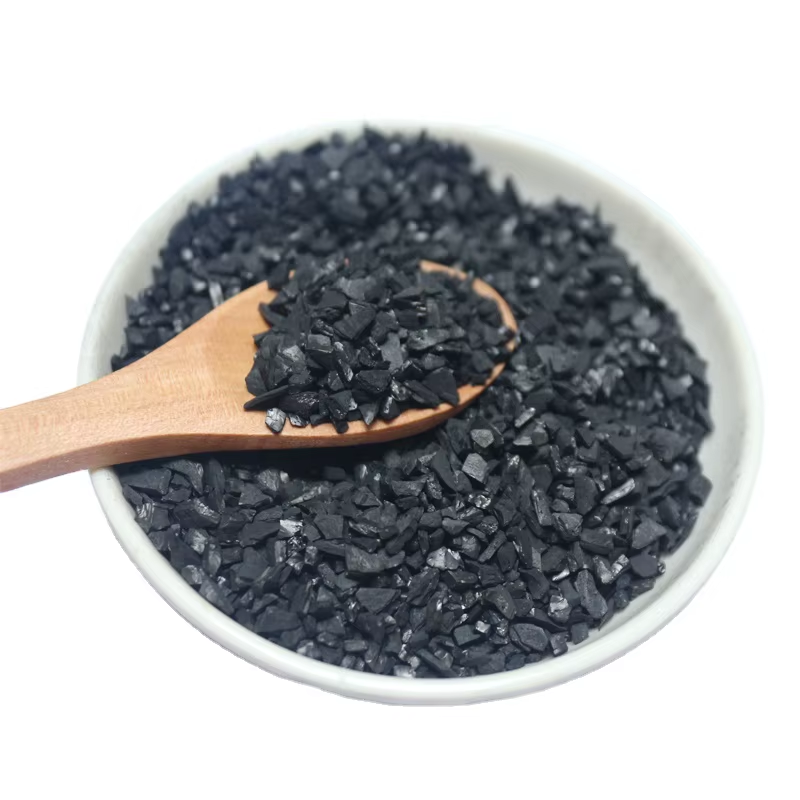
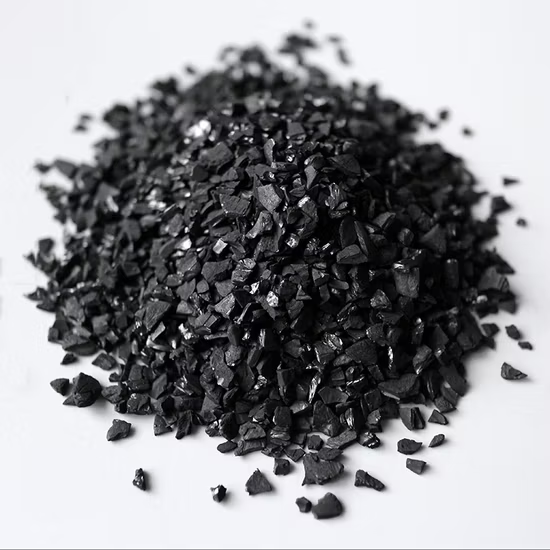
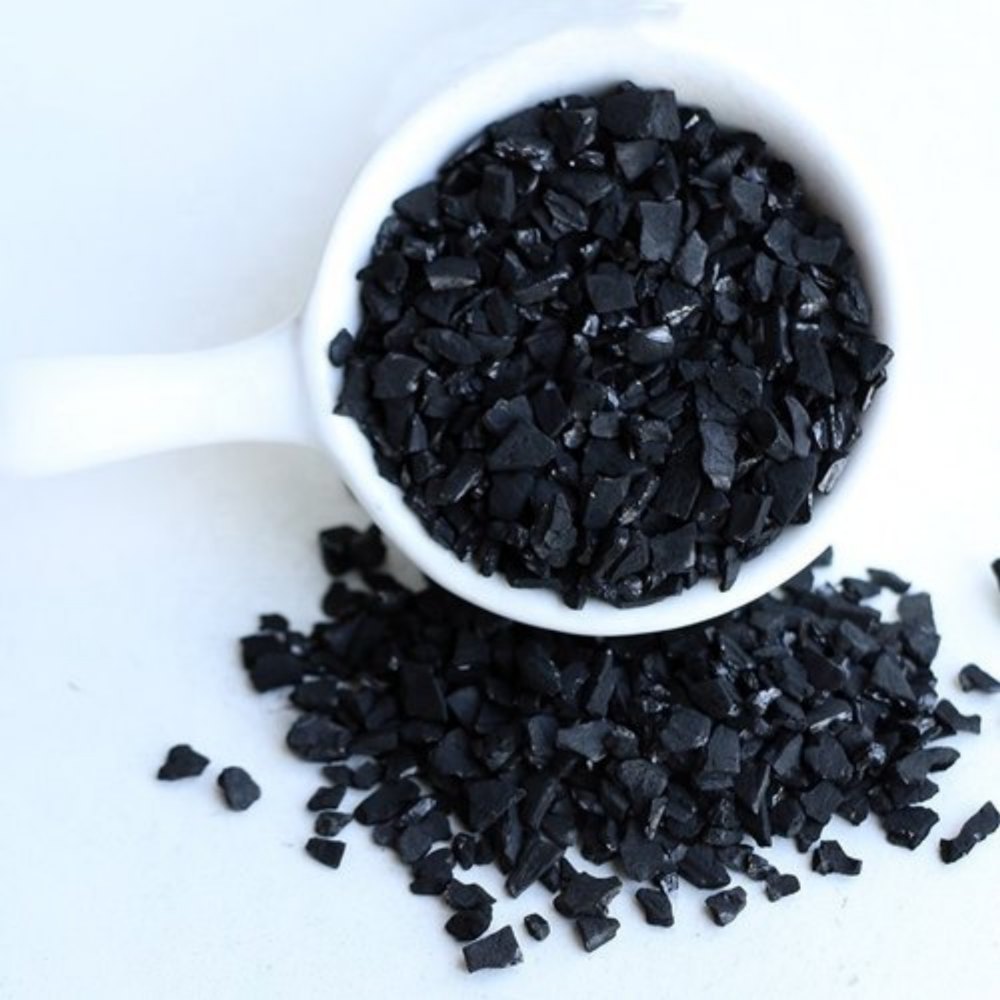
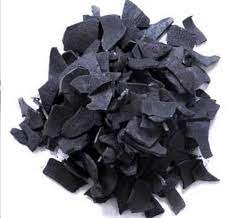
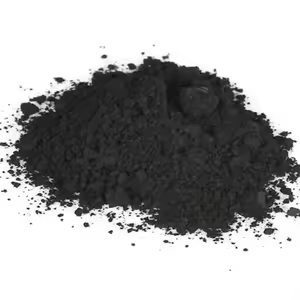
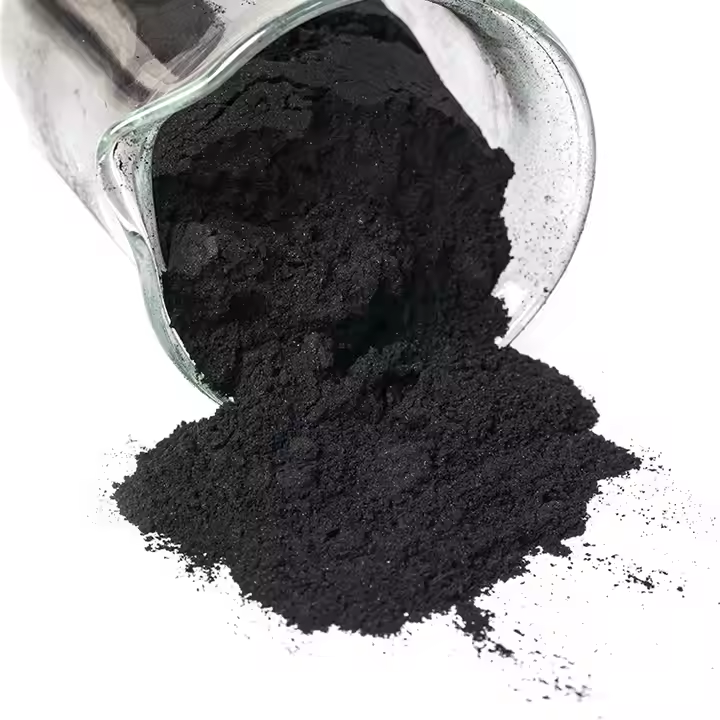
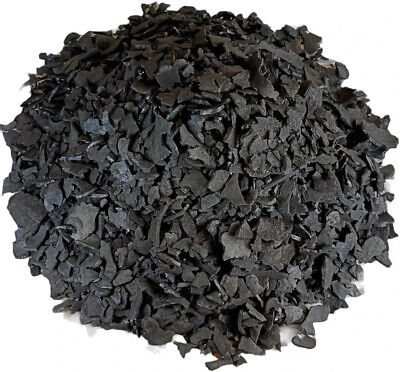
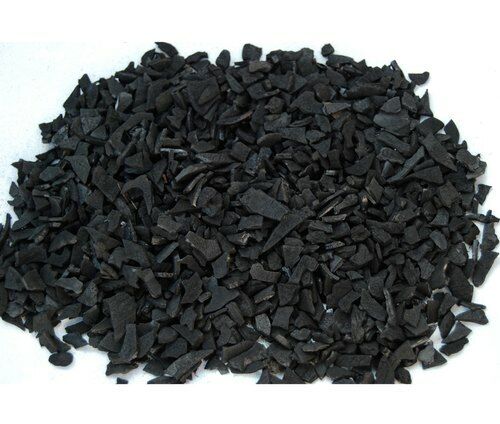
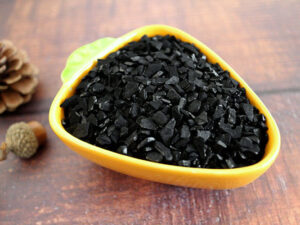



Reviews
There are no reviews yet.